7 Coca-Cola Flavors That Flopped And 9 That Truly Earned Their Legendary Status
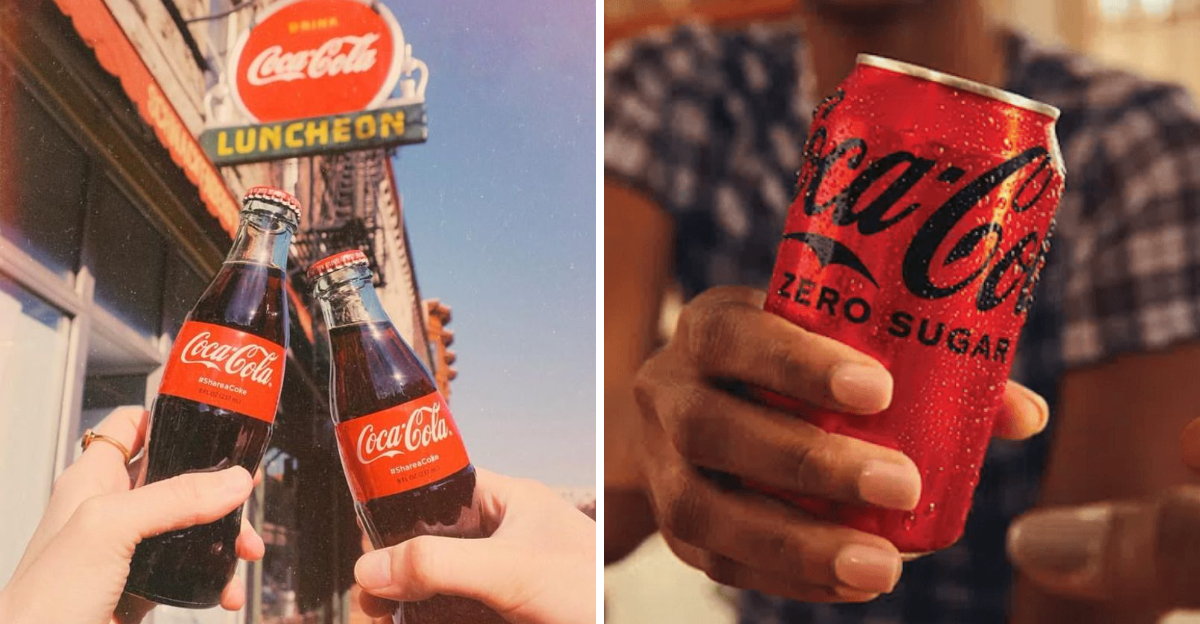
Coca-Cola has experimented with more flavors than most people realize—some have gone on to become cult favorites, while others fizzled out faster than a warm can in the sun. From wild limited editions to regional-only hits, here are 7 Coca-Cola flavors that missed the mark, and 9 that absolutely earned their spot in soda history.
1. New Coke (1985)
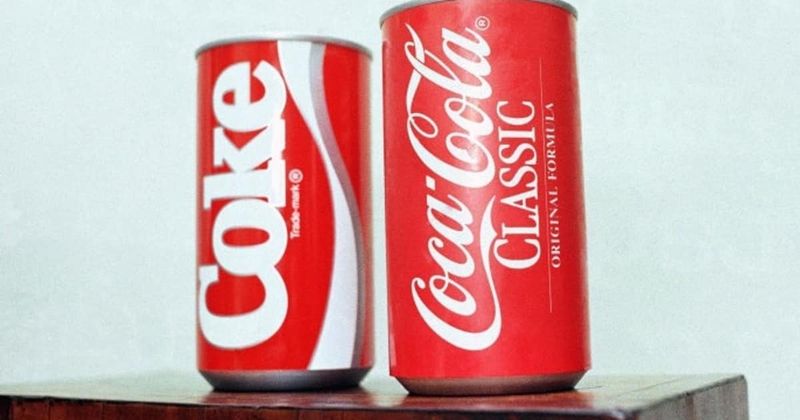
In 1985, Coca-Cola made a bold move to modernize its classic formula, introducing New Coke to the public. The intention was to outpace competitors like Pepsi, whose sweeter taste was gaining ground. However, the move sparked a national backlash. Loyal consumers were outraged by the change, leading to protests and petitions demanding the return of the original formula. Within just 79 days, Coca-Cola Classic was reintroduced, a testament to the passionate loyalty of Coke fans. This infamous flop is often cited as a marketing failure, but some argue it ultimately reinforced the brand’s iconic status.
2. Coca-Cola BlāK (2006)
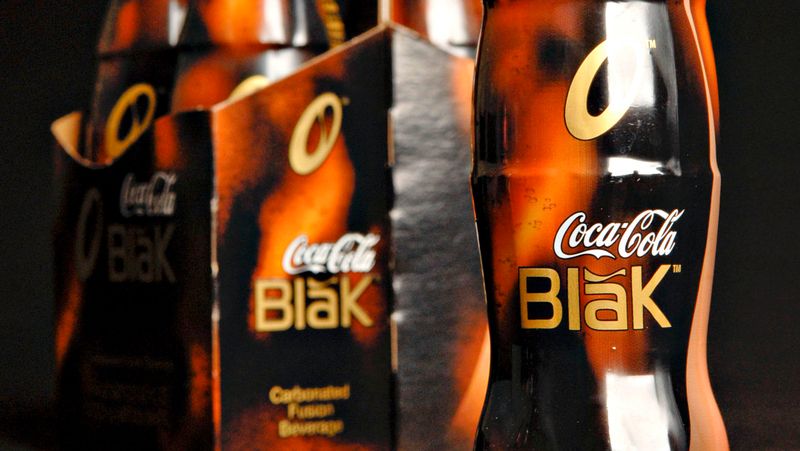
Coca-Cola BlāK was launched in 2006 as a coffee-flavored soda. It was an intriguing concept aimed at adults looking for a sophisticated twist on traditional cola. Despite its innovative blend, the bitter aftertaste and unusual flavor profile confused consumers. Marketed as an afternoon pick-me-up, it never gained a foothold and was discontinued two years later. Its quick demise was partly due to it being ahead of its time, as the coffee-flavored beverage trend hadn’t fully taken off yet. Though it flopped, BlāK remains a curious chapter in Coca-Cola’s experimental history.
3. Coca-Cola Raspberry (2005)

Tested in New Zealand and select markets in 2005, Coca-Cola Raspberry attempted to capture the essence of berry flavors blended with classic cola. The idea was to offer a fruity, refreshing alternative to the traditional soda. However, the overly syrupy taste failed to impress. Consumers found it too sweet and artificial, which led to its quick disappearance from shelves. The flavor didn’t resonate with the target market, making it a short-lived experiment. Despite its flop, it paved the way for future fruit-flavored cola innovations that found more success.
4. Coca-Cola Orange (2007)
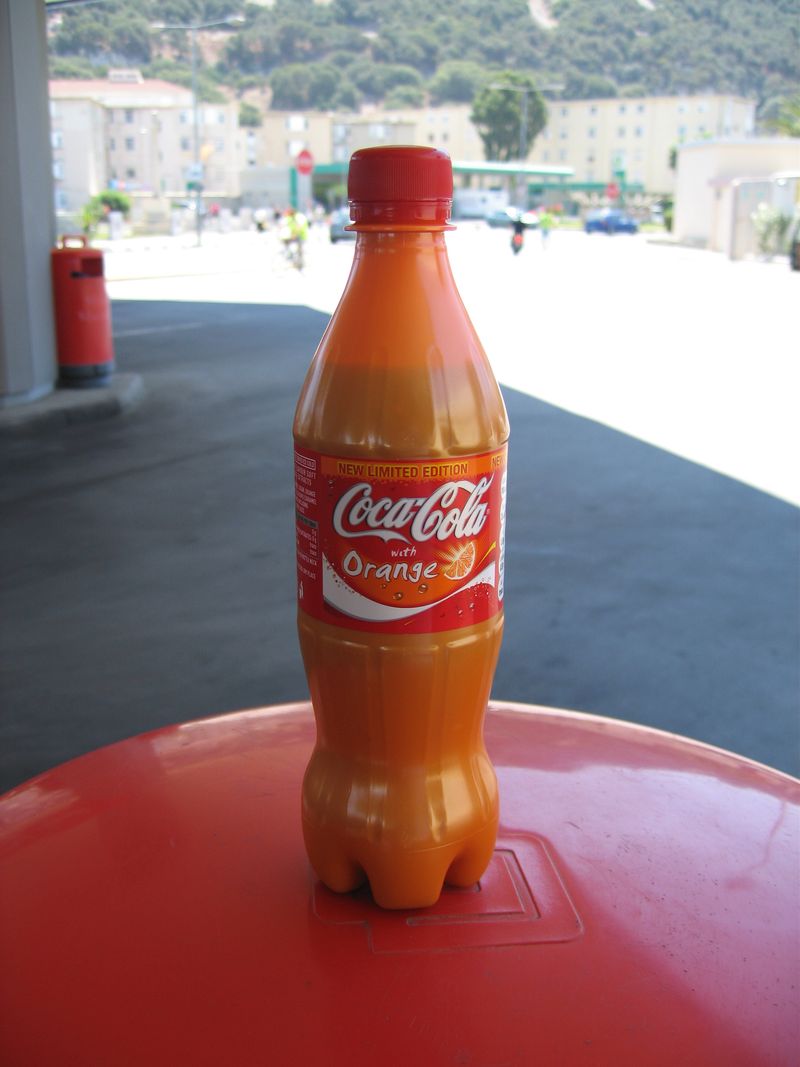
In 2007, Coca-Cola Orange was introduced with hopes of capturing a summery, citrus-infused cola experience. The combination of orange and cola seemed promising yet left many drinkers puzzled. The clash of citrus tang with the cola’s caramel notes resulted in a flavor that was neither refreshing nor traditional. It failed to establish a strong consumer base and was quickly discontinued. While it aimed to bring something new to the table, it ultimately didn’t appeal to enough soda enthusiasts. Coca-Cola Orange is a reminder of how balancing bold flavors can be a tricky endeavor.
5. Coca-Cola Life (2014)

Coca-Cola Life debuted in 2014 as a “natural” option, sweetened with a blend of cane sugar and stevia. The initiative aimed to cater to health-conscious consumers seeking lower-calorie sodas. However, the taste was often described as off-balance, with a sweetness that didn’t quite match the classic cola experience. Additionally, its branding was confusing, leaving many unsure of its place in the Coca-Cola lineup. Despite its ambitious attempt to redefine soda sweetness, Coca-Cola Life struggled to find its footing and was eventually phased out. It remains a notable experiment in healthier beverage options.
6. Coca-Cola with Green Tea (Japan)
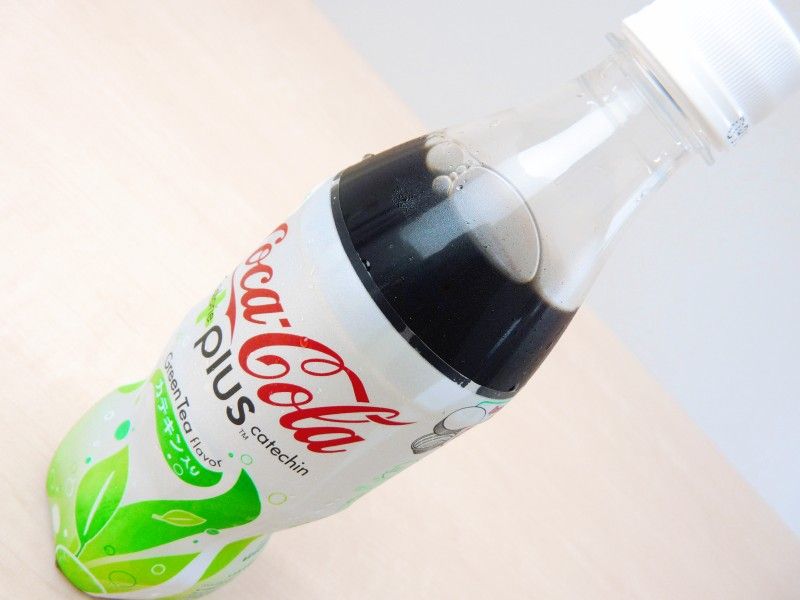
Coca-Cola with Green Tea was launched in Japan, combining the familiar taste of Coke with the distinct flavor of green tea. The idea was to appeal to Japanese consumers’ love for green tea and offer a novel twist on classic cola. However, the fusion didn’t quite hit the mark. Many found the taste to be more of a novelty than a refreshing beverage. The drink’s reception was lukewarm, leading to its limited run. Coca-Cola with Green Tea serves as an example of how cultural preferences can shape the success of a product in regional markets.
7. Coca-Cola Ginger (Australia, 2016)
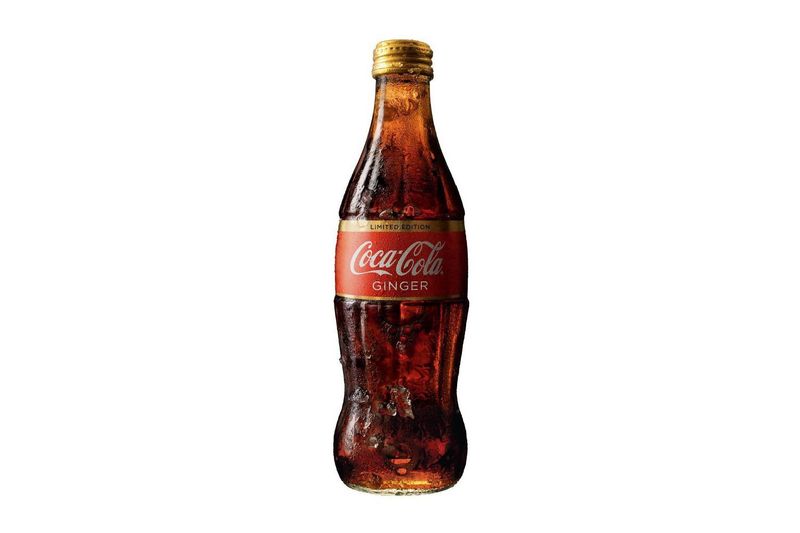
In 2016, Coca-Cola introduced a ginger-flavored variant in Australia. This was an attempt to blend the spicy warmth of ginger with the classic fizz of Coke. While the idea intrigued some, the execution left many unimpressed. The ginger flavor was perceived as jarring rather than harmonious, lacking the comforting appeal of ginger ale or the classic taste of Coke. Despite its potential to be a hit among ginger lovers, it didn’t achieve widespread popularity. Coca-Cola Ginger’s short-lived presence is a testament to the challenges of innovating with bold, unconventional flavors.
8. Classic Coca-Cola

The iconic Classic Coca-Cola needs no introduction. First introduced in 1886, it quickly became the standard for colas worldwide. Its perfect balance of sweetness, carbonation, and that unique flavor blend has kept generations coming back for more. Whether enjoyed ice-cold from a glass bottle or poured over ice at a diner, Classic Coca-Cola remains a beloved staple in the beverage industry. Its brand strength is unparalleled, with its logo and taste recognized globally. The enduring success of Classic Coca-Cola is a testament to its impeccable formula that has stood the test of time.
9. Cherry Coke (1985)
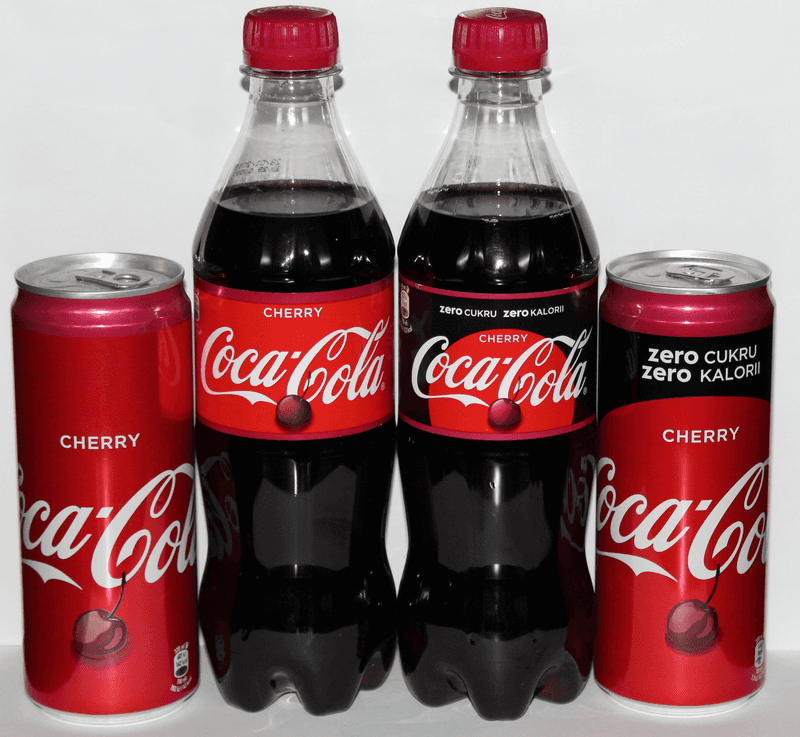
Introduced in 1985, Cherry Coke was one of Coca-Cola’s earliest and most successful flavor ventures. It became an instant hit with its smooth, sweet cherry notes blending seamlessly with the classic cola taste. The nostalgic appeal of Cherry Coke is strong, resonating with those who craved something familiar yet new. Its successful launch paved the way for future flavored colas, making it a staple in the Coca-Cola lineup. Cherry Coke’s continued popularity highlights its status as a beloved classic that still delights fans with its unique, timeless taste.
10. Vanilla Coke (2002)

Vanilla Coke was introduced in 2002, bringing a smooth, creamy twist to the traditional cola. Its rich vanilla essence perfectly complemented the fizzy sweetness of Coke, creating a nostalgic flavor that resonated with many. Fans appreciated its subtle sweetness and the way it elevated the classic cola experience. Vanilla Coke’s introduction marked a successful expansion of Coca-Cola’s flavor repertoire, and it quickly became a permanent fixture in the soda aisle. This creamy delight continues to be a favorite for those seeking a comforting yet refreshing drink.
11. Coca-Cola Zero Sugar

Coca-Cola Zero Sugar has become a favorite among those seeking bold taste without the calories. Introduced as “Coke Zero,” it was rebranded to emphasize its sugar-free nature. Unlike Diet Coke, which has a distinct taste, Coca-Cola Zero Sugar closely mimics the flavor profile of classic Coke. This has endeared it to fans who love the original taste but want to avoid sugar. The successful positioning of Coca-Cola Zero Sugar has made it a staple for health-conscious consumers seeking indulgence without compromise.
12. Diet Coke (1982)
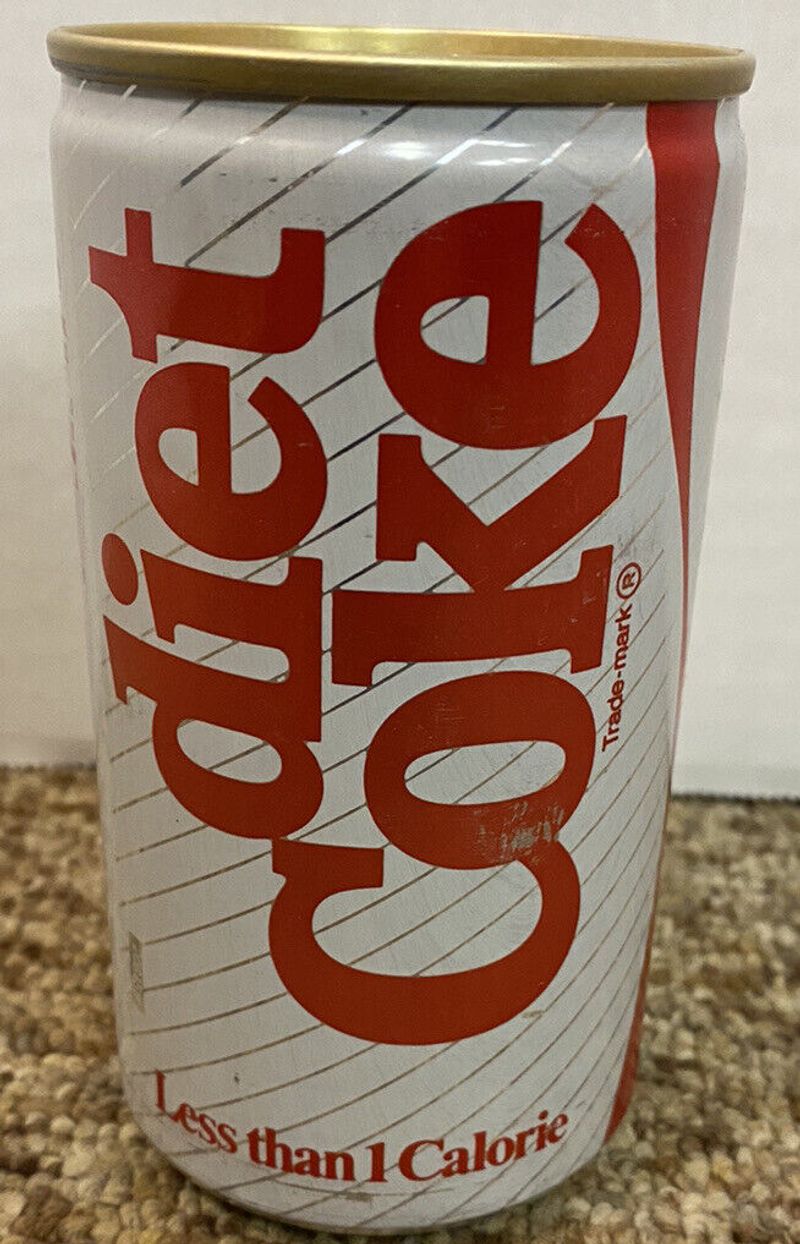
Diet Coke was introduced in 1982, aiming to cater to health-conscious individuals who still craved a cola experience. Its unique formula offered a lighter alternative with fewer calories. While it has been polarizing for its distinct taste, it quickly developed a devoted fanbase. Diet Coke’s branding and target market were well-defined, appealing to those seeking a low-calorie lifestyle. Over the years, it has maintained its status as a go-to diet beverage, solidifying its place in soda history alongside its more calorie-rich counterparts.
13. Coca-Cola Orange Vanilla (2019)
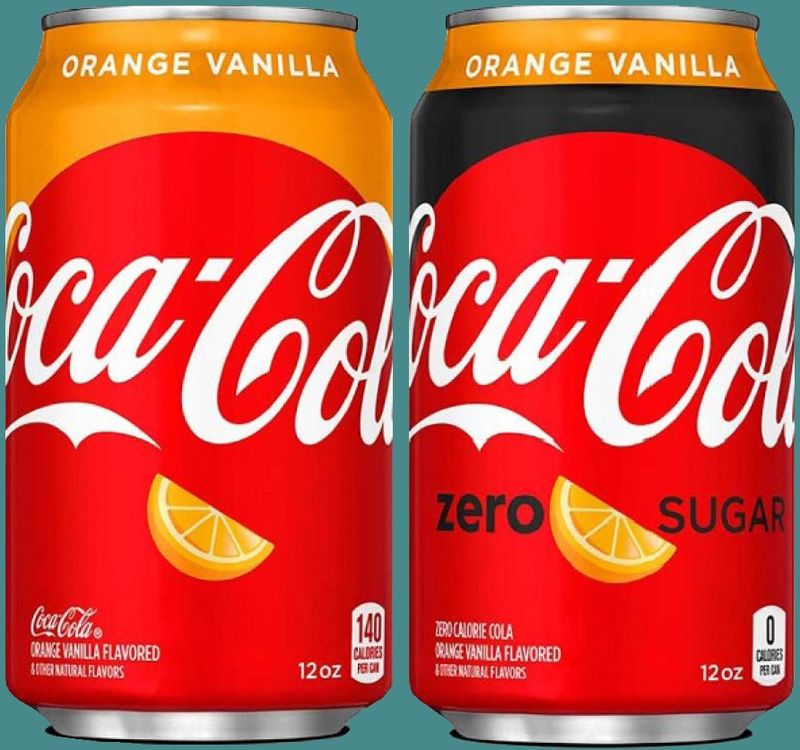
Introduced in 2019, Coca-Cola Orange Vanilla surprised many with its harmonious blend of orange and vanilla flavors. Inspired by the nostalgic taste of creamsicles, it offered a smooth and summery twist on traditional cola. The unexpected success of this flavor showed that adventurous combinations could capture the market. Its refreshing and creamy notes delighted soda enthusiasts, proving that Coca-Cola’s willingness to innovate could yield rewarding results. The positive reception of Coca-Cola Orange Vanilla demonstrates the potential of creative flavor pairings in the beverage industry.
14. Coca-Cola Starlight (2022)

Coca-Cola Starlight, released in 2022, captured the imagination with its space-inspired flavor. Described by many as tasting like a mix of cotton candy and space, it became an instant curiosity. This limited-edition soda tapped into the intrigue of cosmic exploration, appealing to adventurous drinkers. Its unique flavor profile and imaginative branding quickly earned it a cult following. The success of Coca-Cola Starlight is a testament to the power of creative marketing and the appeal of novelty in the ever-evolving world of beverages.
15. Coca-Cola Dreamworld (2022)

Released in 2022, Coca-Cola Dreamworld offered a fantastical flavor experience meant to evoke dreams and imagination. With its fruity and mysterious taste, it quickly intrigued consumers seeking something different. The whimsical branding and limited availability tapped into the curiosity of a younger, adventurous audience. Its success was driven by bold marketing and the allure of trying something truly out-of-the-ordinary. Coca-Cola Dreamworld stands as an example of how innovative concepts can capture consumer interest and create memorable, albeit temporary, soda experiences.
16. Coca-Cola Creations: Y3000 (2023)
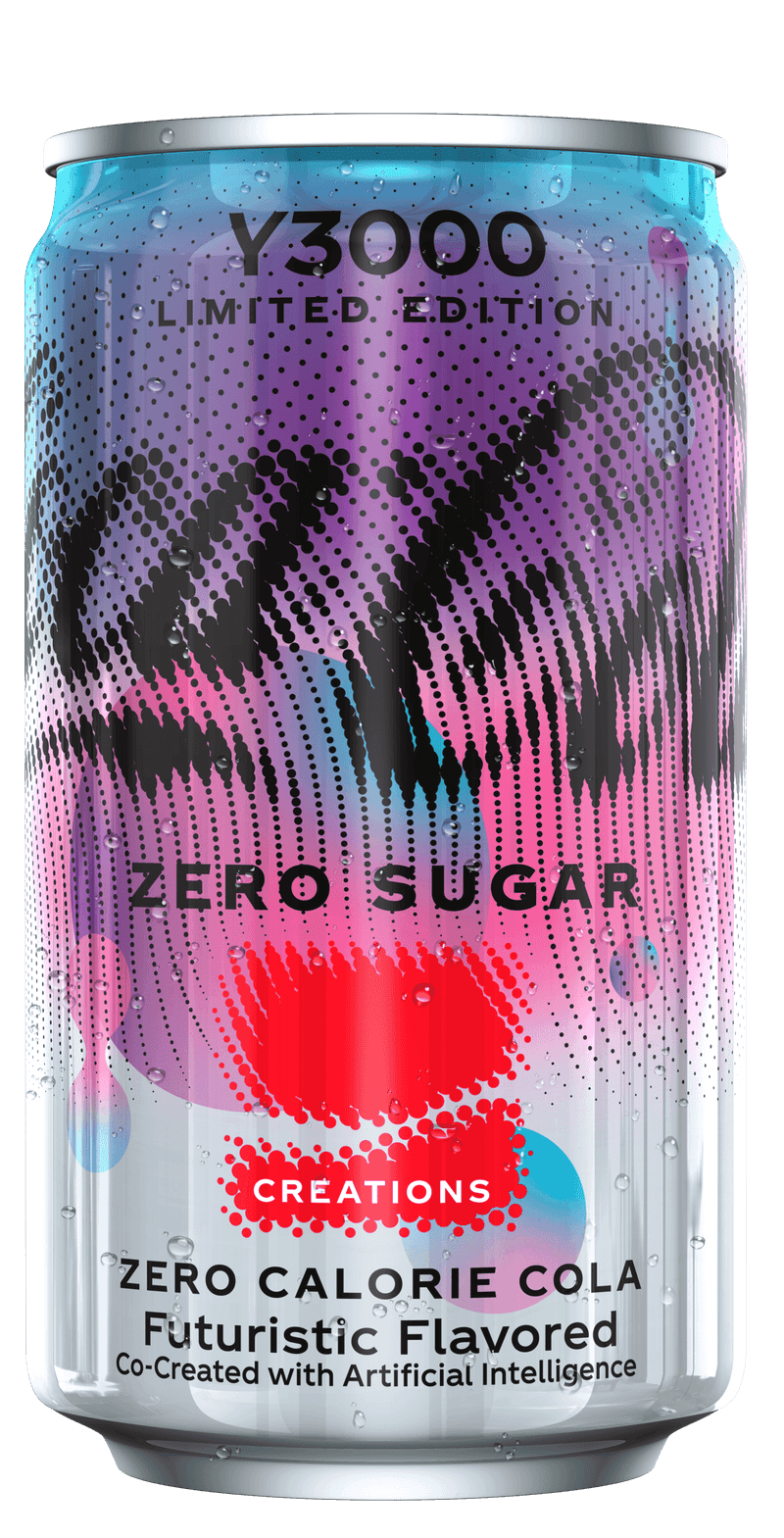
Coca-Cola Y3000, part of the Coca-Cola Creations line, debuted in 2023, presenting a futuristic flavor experience. With AI-inspired branding and a unique fruit-candy vibe, it quickly captured the attention of niche fans. The concept was to imagine what Coca-Cola might taste like in the year 3000, sparking curiosity and interest. Its odd yet delightful flavor profile appealed to those seeking novelty and excitement. Coca-Cola Y3000’s success highlights the potential of forward-thinking and imaginative product launches in keeping the brand vibrant and engaging.
